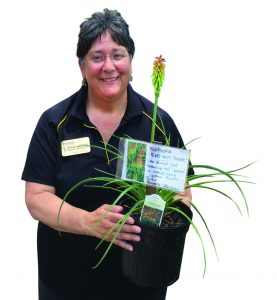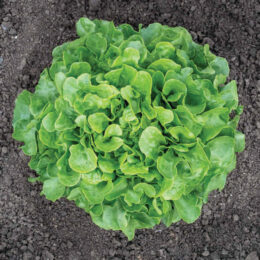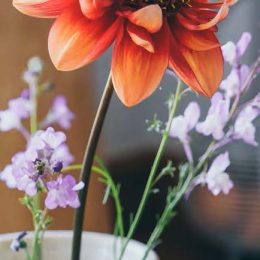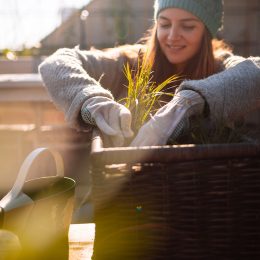By B. Rosie Lerner

B. Rosie Lerner
Flowering plants that don’t bloom as promised can be a big disappointment in your garden. Reasons for lack of blooming are as diverse as the palette of plants from which to choose, but a little detective work can usually pinpoint the trouble. The most common factors associated with blooming, or lack thereof, include light, plant age, nutrition, extreme temperatures and improper pruning.
Many woody plants must reach a certain age before they are mature enough to produce flowers. Fruit trees, such as apples and pears, can require as many as five or six years to become fruitful. Gingko trees can take up to 15 years to bloom. Add a stressful environment to a juvenile plant, and flowering may be delayed even further.
Plants that are old enough to flower, or have done so in the past, may quit doing so for a variety of reasons. Flowering may be sparse or completely absent when a plant is under stress, so be sure the plant is positioned in an appropriate location for that particular species. For example, some plants flower best in full
sun; others may prefer the cooler conditions found in the shade. Some plants, such as peonies, will flower sparsely or not at all when grown in shade. Similarly, shade-loving plants, such as begonias, will not bloom well in full sun.
Overfeeding plants with nitrogen can encourage them to produce lush foliage at the expense of blossoms. A lack of nutrients, particularly nitrogen, phosphorus and potassium, also may delay flowering. Stick with a balanced, low-analysis fertilizer, such as 12-12-12 or 6-10-4, to apply adequate nutrition without overdoing.
Some gardeners unknowingly remove flower potential from their plants by pruning at the wrong time of year. Landscape plants that bloom in early spring set their flower buds in autumn on last year’s growth. If you prune these plants in late winter, you’ll also be removing many or all of the flower buds. The rule of thumb is to prune spring-flowering shrubs and vines after blooms have faded.
If you have landscape plants that are not performing up to par, do your homework to find the appropriate requirements, and plan to replace the “duds” with plants that are better adapted to your growing conditions.
Rosie Lerner is the Purdue Extension consumer horticulturist and a consumer of Tipmont REMC. Have a question about gardening? Use the form to send it to us. Or, questions about gardening issues may be sent to: “Ask Rosie,” Electric Consumer, P.O. Box 24517, Indianapolis, IN 46224, or ec@ElectricConsumer.org.



